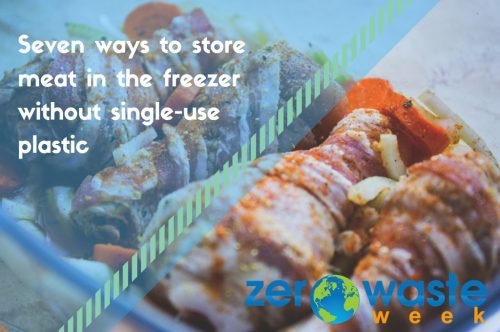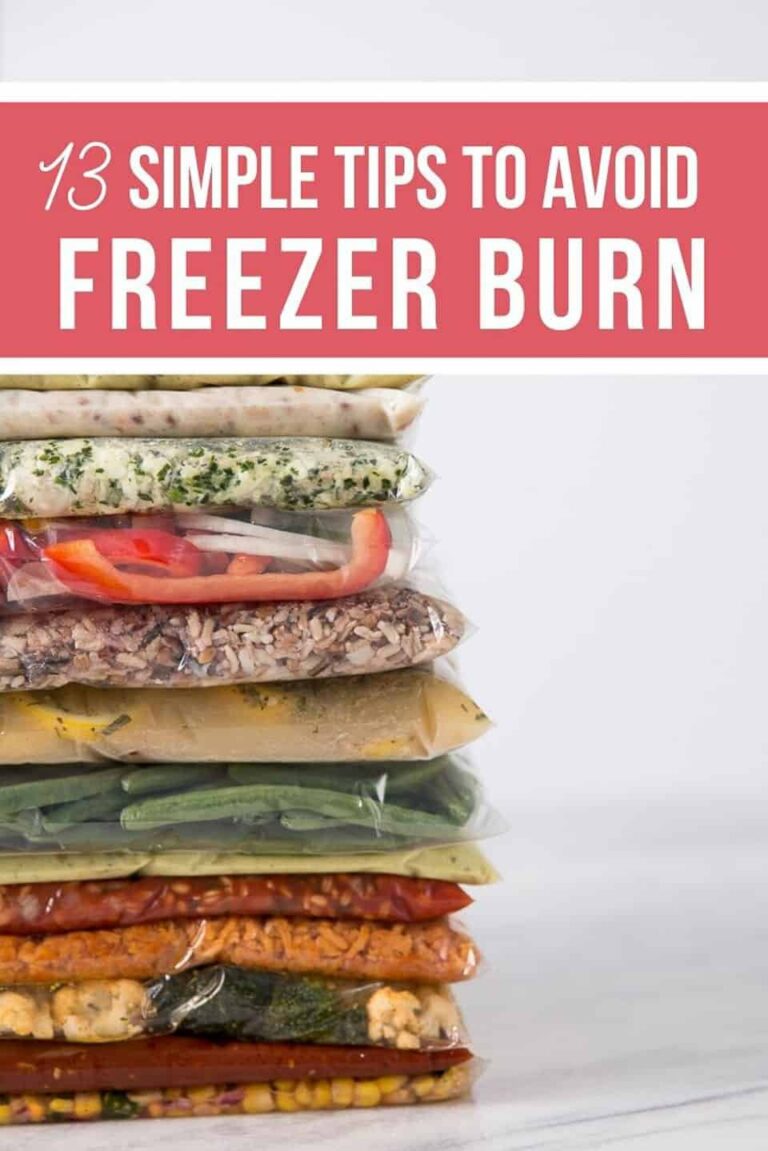What Are Compostable Plates Made Of? The Complete Guide
What are compostable plates made of? Picture this: you’re hosting a gathering, looking for eco-friendly options, and stumbling upon compostable plates. You may wonder what these plates are made of and how they contribute to a sustainable lifestyle. Well, the answer lies in their composition. Compostable plates are typically made from plant-based materials such as sugar cane fiber, bamboo, or cornstarch. By opting for these plates, you’re not only reducing waste but also taking a step towards a greener future. So, let’s delve deeper into the world of compostable plates and explore their eco-conscious qualities.
What Are Compostable Plates Made Of?
Compostable plates are becoming more popular as an eco-friendly option compared to regular disposable plates. These plates, made from organic materials, naturally decompose without leaving any harmful residues. This article will discuss the different materials used to create compostable plates and their environmental effects.
1. Plant-Based Materials:
One common material used to make compostable plates is plant-based fibers. These fibers can be sourced from a variety of renewable resources, such as sugarcane, bamboo, wheat straw, or palm leaves. Each of these materials offers unique properties and benefits.
– Sugarcane: Sugarcane fiber, also known as bagasse, is a byproduct of sugar production. It is sturdy, heat-resistant, and can withstand both hot and cold foods.
– Bamboo: Bamboo is a fast-growing grass that requires no pesticides or fertilizers. Plates made from bamboo fibers are lightweight, durable, and have a natural grain texture.
– Wheat Straw: Wheat straw is an agricultural residue left after the grain harvest. It is abundant and often used to make sturdy and microwave-safe compostable plates.
– Palm Leaves: Fallen palm leaves are collected, cleaned, and pressed to make plates. They are durable, lightweight, and offer an aesthetically pleasing natural look.
2. Paper and Cardboard:
Compostable plates are often made from paper and cardboard. To ensure sustainability, it is important to use materials from renewable sources and apply a compostable coating. This coating is typically composed of plant-based materials such as polylactic acid (PLA) or a compostable polymer.
– Paper: Plates made from paper are lightweight, biodegradable, and suitable for both hot and cold foods. They can be sourced from certified sustainable forestry practices.
– Cardboard: Cardboard plates are thicker and sturdier than paper plates, making them suitable for heavier meals. They are often used for events or gatherings where durability is essential.
3. Compostable Plastics
Compostable plastics, also known as bioplastics, are another material used to make compostable plates. They are derived from renewable resources like cornstarch, potato starch, or other plant-based materials. Compostable plastics break down into carbon dioxide, water, and biomass under specific composting conditions.
It is important to note that not all bioplastics are compostable. Look for certifications like the “compostable” label or certification from organizations like the Biodegradable Products Institute (BPI) or the European Bioplastics Association (EUBP) to ensure the product meets compostability standards.
4. Additives and Coatings
To enhance the functionality and durability of compostable plates, manufacturers may add additives or coatings. These additives can improve oil and water resistance, increase heat resistance, or enhance the overall structural strength.
Some common additives include:
– PLA (Polylactic Acid): PLA is a plant-based polymer derived from renewable resources like cornstarch. It is often used as a coating to enhance compostable plates’ moisture resistance and heat resistance.
– PSM (Plastarch Material): PSM is a biodegradable and compostable resin made from starch. It provides durability and flexibility to compostable plates.
– PBAT (Polybutylene Adipate Terephthalate): PBAT is a biodegradable and compostable polyester that adds flexibility and strength to compostable plates.
5. Benefits of Compostable Plates
Compostable plates offer several benefits over traditional disposable plates. Here are some notable advantages that make compostable plates an environmentally friendly choice:
– Sustainability: Compostable plates are made from renewable resources, reducing the reliance on fossil fuels and non-renewable materials.
– Reduced Waste: By choosing compostable plates, you can divert organic waste from landfills, where it would otherwise contribute to methane emissions.
– Lower Carbon Footprint: The production of compostable plates generally results in lower greenhouse gas emissions compared to conventional disposable plates.
– Resource Conservation: Compostable plates made from agricultural byproducts repurpose waste materials and reduce the need for additional resources.
– Biodegradability: When properly composted, compostable plates break down into natural elements, leaving behind nutrient-rich soil.
– Versatility: Compostable plates come in various sizes and shapes, making them suitable for a wide range of occasions and food types.
6. Composting Compostable Plates
Composting compostable plates is an essential step in their lifecycle. While composting processes may vary, here are some general guidelines to follow:
– Check for Certifications: Ensure that your compostable plates are certified to meet recognized compostability standards, such as ASTM D6400 or EN 13432.
– Home Composting: Some compostable plates are suitable for home composting, provided your compost pile reaches and maintains the required temperature (typically between 140-160°F or 60-70°C).
– Industrial Composting: Many compostable plates require industrial composting facilities to break down properly. These facilities maintain optimal temperature, humidity, and oxygen levels for efficient decomposition.
– Timeframe: Composting times can vary depending on the materials used and composting conditions. Generally, compostable plates can fully break down within a few months to a year.
7. Disposal Considerations
When disposing of compostable plates, it is crucial to do so correctly to ensure they can break down naturally:
– Separate from Non-Compostable Waste: Keep compostable plates separate from non-compostable waste to prevent contamination.
– Follow Local Guidelines: Composting regulations and facilities may differ, so it’s important to follow local guidelines for proper disposal.
– Educate others: Spread awareness about the benefits and proper disposal of compostable plates to encourage others to adopt sustainable practices.
8. The Role of Compostable Plates
Compostable plates play a part in reducing the environmental impact of single-use products. However, it is important to remember that they are just one piece of the puzzle. Reducing overall consumption, reusing whenever possible, and recycling other materials should also be prioritized to create a more sustainable future.
9. Choosing the Right Compostable Plates
When selecting compostable plates, consider the following factors:
– Certification: Look for third-party certifications that guarantee compostability standards, such as BPI or EN 13432.
– Materials: Consider the environmental impact of the materials used and choose plates made from renewable resources.
– Functionality: Ensure that the chosen plates meet your specific needs, such as heat resistance or durability.
– Quantity: Determine the quantity of plates required and choose appropriate pack sizes to minimize waste.
10. The Future of Compostable Plates
As sustainable practices continue to gain traction, the future of compostable plates looks promising. Ongoing research and innovation in materials and manufacturing processes aim to improve compostable plate performance, affordability, and accessibility. With increased awareness and adoption, compostable plates have the potential to become a mainstream alternative to traditional disposable plates.
How Leaves Are Made Into Biodegradable Plates
Faqs for What Are Compostable Plates Made Of:
Compostable plates are typically made from natural materials such as cornstarch, sugarcane bagasse, wheat straw, or bamboo fibers. These materials are renewable and sustainable alternatives to traditional plastic or paper plates.
Compostable plates are designed to break down in composting facilities, turning into nutrient-rich soil in a matter of months. They are a more environmentally friendly choice compared to non-compostable plates, as they reduce the reliance on fossil fuels and minimize waste in landfills.
No, compostable plates are not made from plastic. They are made from biodegradable materials such as plant fibers, which are derived from renewable resources.
Plastic plates, on the other hand, are made from petroleum-based polymers or synthetic materials that do not break down naturally in the environment. Compostable plates offer a greener alternative to plastic plates, as they can be composted and returned to the earth without causing harm to ecosystems.
While compostable plates are not designed to be recycled with traditional plastic or paper recycling programs, some facilities accept them for composting.
It is important to check with your local waste management facility or composting program to determine if compostable plates are accepted.
Mixing compostable plates with regular recycling can contaminate the recycling stream, so it is crucial to dispose of them appropriately in designated composting bins or facilities.
The time it takes for compostable plates to break down depends on various factors, including the specific material used and the conditions of the composting environment. In general, compostable plates can break down within a few months in a commercial composting facility.
However, in a home compost pile, it may take longer, potentially several months to a year, depending on the composting method and conditions. Proper composting practices, such as maintaining the right balance of carbon and nitrogen, moisture, and aeration, can help expedite the decomposition process.
Compostable plates are designed and tested to be safe for food contact. They are manufactured using materials that meet food-grade standards and regulations. These plates are free from harmful chemicals and toxins, making them a suitable choice for serving food and beverages.
However, it is essential to ensure that the compostable plates you purchase are certified by reputable organizations or bear the appropriate labels to confirm their safety for food contact.
Compostable plates should be disposed of in composting facilities or programs. They are not suitable for regular landfill disposal as they require specific conditions to break down properly. If you have access to a commercial composting facility, you can place the compostable plates in designated compost bins.
For home composting, it is best to cut the plates into smaller pieces to speed up the decomposition process. Avoid mixing compostable plates with regular recycling or landfill waste streams, as this can hinder the proper composting process.
Final Thoughts
Compostable plates are made from plant-based materials like sugarcane bagasse, bamboo, wheat straw, or cornstarch. They naturally break down in composting conditions, reducing environmental impact. Using compostable plates helps decrease reliance on non-renewable resources and landfill waste. Choosing them is a small but significant step towards a sustainable future. Consider using compostable plates for events or picnics to lessen your environmental footprint.



